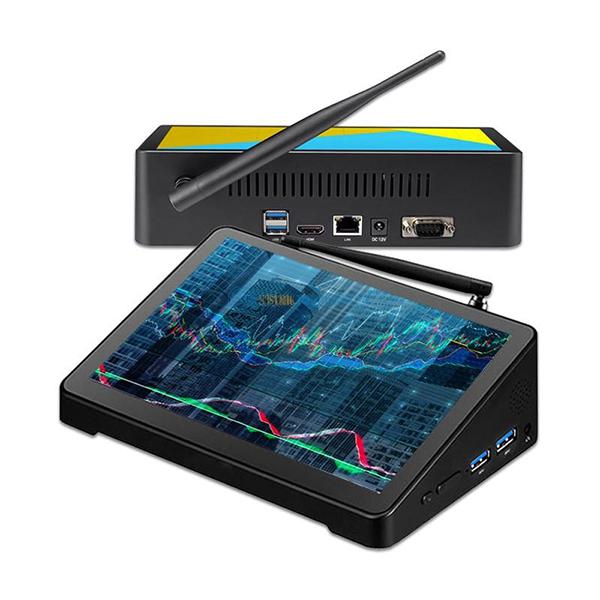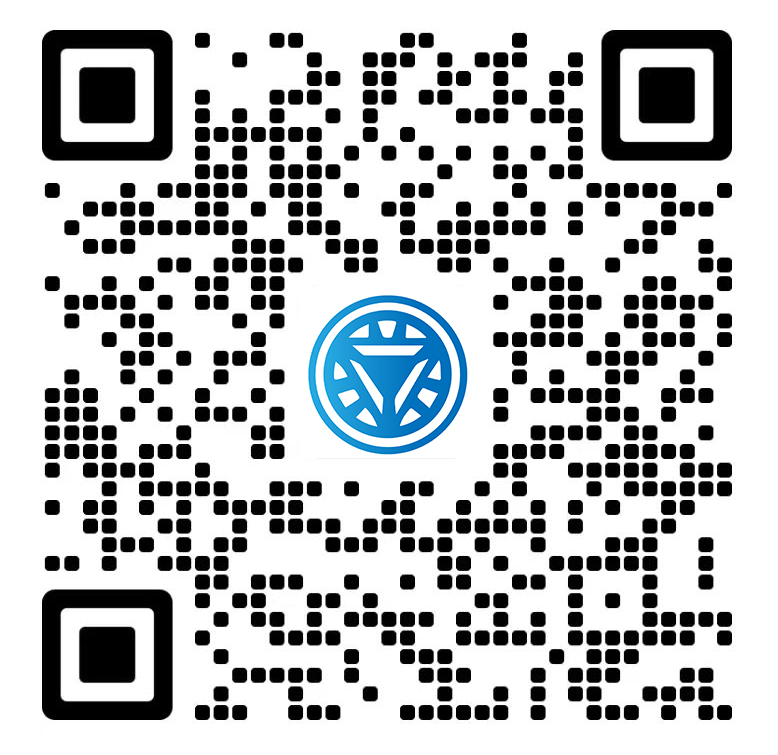Solutions
CAN bus devices for industrial control computers are used for connection
Connecting and Using CAN Bus Devices with Industrial Control Computers
The Controller Area Network (CAN) bus is a robust communication protocol widely used in industrial automation for connecting sensors, actuators, and controllers. Proper integration of CAN devices with industrial control computers (ICCs) ensures reliable data exchange and system stability. Below are detailed steps and best practices for configuring and managing CAN bus connections in industrial environments.

Configuring CAN Bus Hardware Connections
Establishing a physical CAN network requires careful wiring and interface setup to avoid signal degradation.
Select Appropriate CAN Transceivers: Choose transceivers compatible with the ICC’s voltage levels (e.g., 5V or 3.3V) and environmental conditions (e.g., temperature, EMI resistance).
Terminate the CAN Bus: Connect a 120Ω resistor at both ends of the bus to prevent signal reflections. Verify termination using an oscilloscope or multimeter.
Use Shielded Twisted-Pair Cables: Opt for shielded cables to minimize electromagnetic interference (EMI). Keep cable lengths under 40 meters for high-speed (1Mbps) networks or extend up to 1km for low-speed (10kbps) applications.
Ground the Bus Properly: Connect the CAN shield to a common ground point to avoid ground loops. Ensure all devices share the same ground reference.
Setting Up CAN Bus Software Parameters
Software configuration aligns the ICC with CAN device protocols and data rates.
Choose CAN Protocol Stack: Implement a CAN stack (e.g., CANopen, J1939) based on device compatibility. CANopen suits modular systems, while J1939 is ideal for automotive or heavy machinery.
Configure Bit Timing: Set baud rate (e.g., 250kbps, 500kbps) and sample points to match device specifications. Use tools like CANalyzer to calculate optimal timing parameters.
Define Message IDs: Assign unique identifiers (IDs) to each device. Prioritize critical messages (e.g., emergency stops) with lower IDs for faster arbitration.
Enable Error Handling: Activate error frames and acknowledgment (ACK) mechanisms to detect transmission failures. Log errors for troubleshooting.
Monitoring and Debugging CAN Bus Traffic
Real-time analysis of CAN traffic helps identify communication issues and optimize performance.
Use CAN Bus Analyzers: Deploy analyzers to capture and decode messages. Filter traffic by ID or data content to isolate specific devices or events.
Check Signal Quality: Monitor bus voltage levels (dominant/recessive states) and rise/fall times. Deviations may indicate cable faults or transceiver issues.
Analyze Load and Utilization: Track bus load percentages to avoid congestion. If utilization exceeds 70%, consider splitting the network or increasing baud rates.
Simulate Fault Conditions: Introduce controlled errors (e.g., disconnected devices) to test error recovery mechanisms. Verify that the ICC triggers alarms as configured.
Integrating CAN Devices with Industrial Applications
Seamless integration ensures CAN data aligns with broader industrial control systems.
Map CAN Data to PLCs/SCADA: Convert raw CAN messages into readable formats (e.g., floating-point values) for PLCs or SCADA systems. Use gateways or custom drivers for protocol translation.
Implement Redundancy: Deploy dual CAN channels or redundant networks for critical systems. Switch automatically to backup channels if the primary fails.
Synchronize with Time Stamps: Add time stamps to CAN messages for event sequencing. Use precision clocks (e.g., IEEE 1588) to align data across distributed systems.
Secure CAN Communications: Restrict access to CAN interfaces via firewalls or VLANs. Encrypt sensitive data if transmitted over public networks.
By following these guidelines, engineers can establish reliable CAN bus connections on industrial control computers. Attention to hardware termination, software timing, and traffic analysis ensures efficient communication between CAN devices and ICCs, supporting mission-critical industrial applications.


